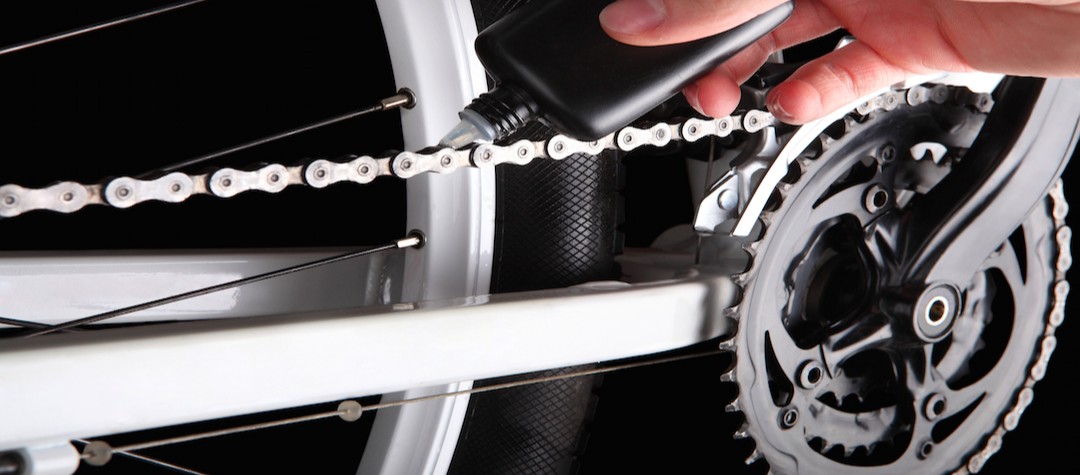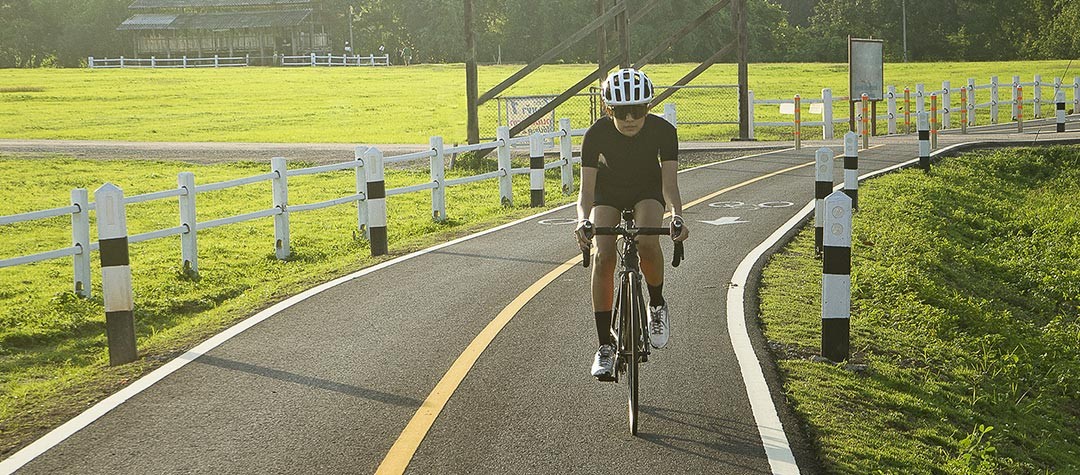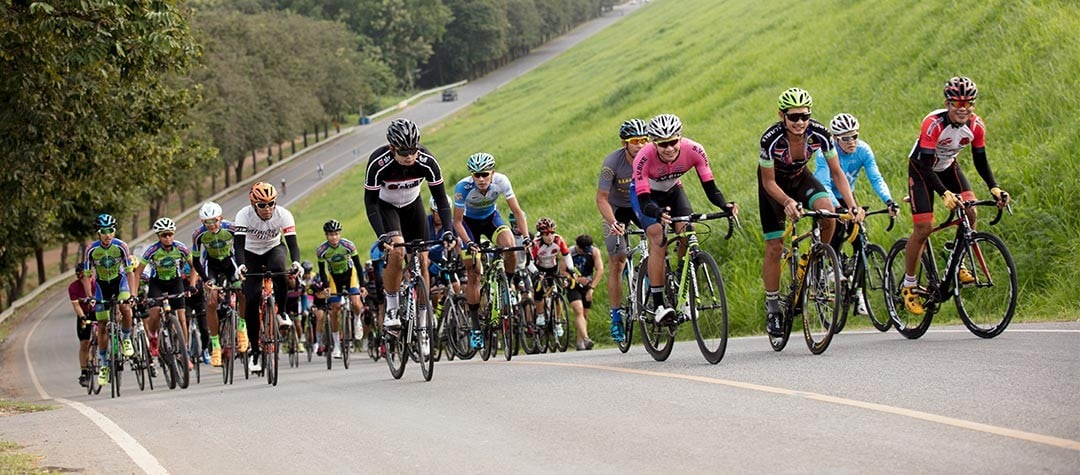By preventing damage to your mountain bike through regular cleaning and lubrication, you will avoid having to fork out too frequently for replacement components. Check out our following tips for maintaining your mountain bike...
Mountain bike manufacturers use modern materials and designs to ensure your bike can withstand the stresses you put it through. However, it is still essential to regularly clean and lubricate your bike's vital components.
Cleaning materials
As soon as you finish any bike ride, you should always give your bike a good clean in order to prevent all the mud and grime corroding and damaging your bike components.
Here is a list of the basic cleaning materials you will need:
- Bucket of clean water.
- Bucket of hot, soapy water (dishwashing liquid can suffice).
- De-greaser (a bike-specific degreaser or paraffin or kerosene).
- An assortment of brushes including a large, soft brush for the frame; a hard brush for the wheel rims and tires; and a long thin brush to get into all those hard-to-get-to nooks and crannies (an old toothbrush is ideal for this).
- Soft, dry cloth to dry your bike.
Now that you have all your cleaning materials, simply follow our steps here in order to clean your mountain bike:
- Remove the wheels and clean them separately.
- Use the de-greaser to remove old grease, lubricant and muck from the sprockets, chain rings, chain, derailleur and pulley wheels.
- Carefully inspect the wheel rims, spokes, spoke holes and tyres for any signs of damage.
- Check the wheel bearings by holding the wheel still and turning the axle in your hand. The axle should turn smoothly. If there is any roughness or play, you will need to service the wheel.
- To clean the frame, first remove the majority of the dirt using a bucket of clean water or a low pressure hose. Then wash the bike using the hot, soapy water from the top down, starting at the saddle and finishing at the cranks and chain rings. When using a hose to clean your bike, never use high pressure as the water may force its way past bearing seals. Once water is inside the bearings it will not easily escape, and by remaining there it will cause corrosion to your bearings. So, always wash your bike using low water pressure on your hose and take care to avoid directly spraying any bearings.
- Clean the brake blocks and always ensure you inspect them for wear and tear, as well as any sharp objects that may have become embedded in the rubber.
- Inspect all gear and brake cables and cable housings for wear and tear and ensure they are functioning correctly.
- Finally, inspect the cranks, making sure that they turn smoothly with no lateral play.
Lubricate
Once you have cleaned your bike, most of the parts also need to be lubricated in order to function properly. Check out our following tips for lubricating each part of your bike.
Chain
Never use a household lubricant on your chain, and instead always use a purpose-made bike chain lubricant. Regular household lubricants attract dust and sand which will damage your chain. Use an appropriate bike lubricant according to what the weather is likely to be like during your next ride. ‘Dry lube’ bike lubricants are good to use in dry weather as they attract little dust, whereas ‘wet lube’ lubricants are better in wet weather as they are waterproof.
Seat post
Periodically coat the seat post in a thin layer of grease in order to prevent it from becoming stuck inside the frame.
Suspension forks
Most modern suspension forks do not need lubricating, but if yours do, then use a lithium-free grease or the manufacturer’s recommended lubricant. Never use a standard lubricant on suspension forks, as this will degrade the sliding surfaces and can lead to failure of the shocking system.
Wheel hubs
If your wheel axles do not turn smoothly when you clean your bike then you will need to lubricate the wheel bearings. Using two cone spanners, disassemble the wheel hub and inspect the bearings. If the bearings are pitted then both the bearings and the bearing cones will need to be replaced. If the bearings are okay, simply grease the bearing tracks and reassemble the hub.
By following our tips here, you should be able to make your bike last a long time without having to replace any parts.














